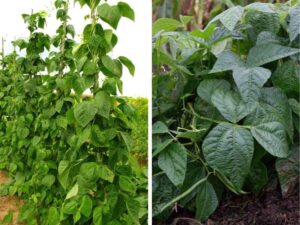Gardening is not only a fulfilling and enjoyable hobby but also a sustainable way to provide fresh produce for you and your family. If you’re new to gardening or simply looking for a way to maximize your harvest, it’s important to choose the right vegetables that are both easy to grow and produce high yields.
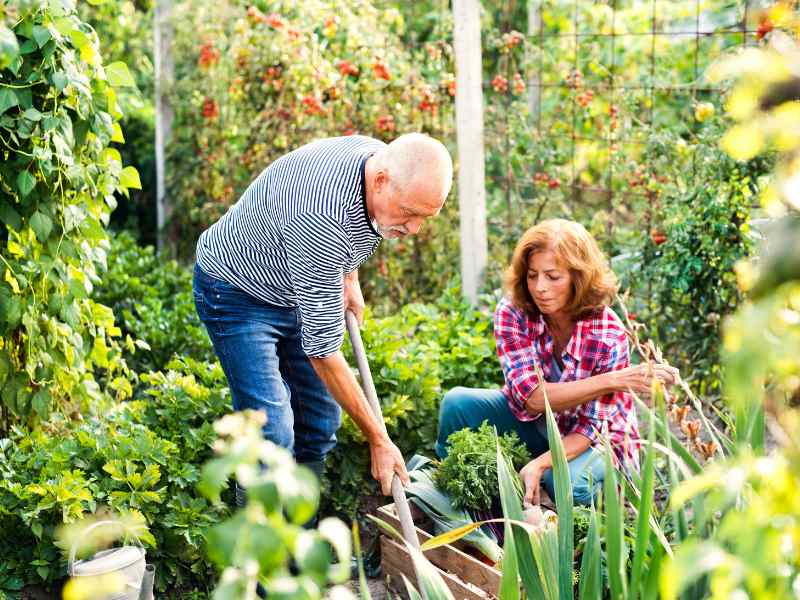
In this article, we’ll explore some of the best vegetables to plant for a bountiful harvest, as well as tips for growing and harvesting them successfully. So, let’s dive in and start planning your high-yield vegetable garden!
Zucchini (Courgette)
Zucchini is an incredibly easy-to-grow vegetable that produces an abundant harvest. One plant can yield several pounds of zucchini throughout the growing season.
Tips for Growing:
- Plant zucchini in well-draining soil with plenty of organic matter.
- Provide ample sunlight, at least 6-8 hours per day.
- Water consistently, keeping the soil moist but not waterlogged.
- Use organic mulch to retain moisture and suppress weeds.
Tomatoes
Tomatoes are a popular and versatile vegetable that can produce a high yield when grown correctly. There are many different varieties of tomatoes, including cherry, grape, beefsteak, and Roma, each with its unique taste and growing requirements.
Tips for Growing:
- Choose a well-draining, sunny location for your tomato plants.
- Add compost or aged manure to the planting hole to provide nutrients.
- Support the plants with stakes, cages, or trellises as they grow.
- Keep the soil consistently moist and avoid wetting the leaves to prevent disease.
Pole Beans
Pole beans are a high-yield crop that grows vertically, making them an excellent choice for small spaces. They produce a continuous harvest throughout the growing season, offering an ample supply of beans.
Tips for Growing:
- Provide a trellis, pole, or other support for the beans to climb.
- Plant in well-draining soil and full sun.
- Water consistently and avoid letting the soil dry out.
- Apply an organic mulch to keep the soil cool and moist.
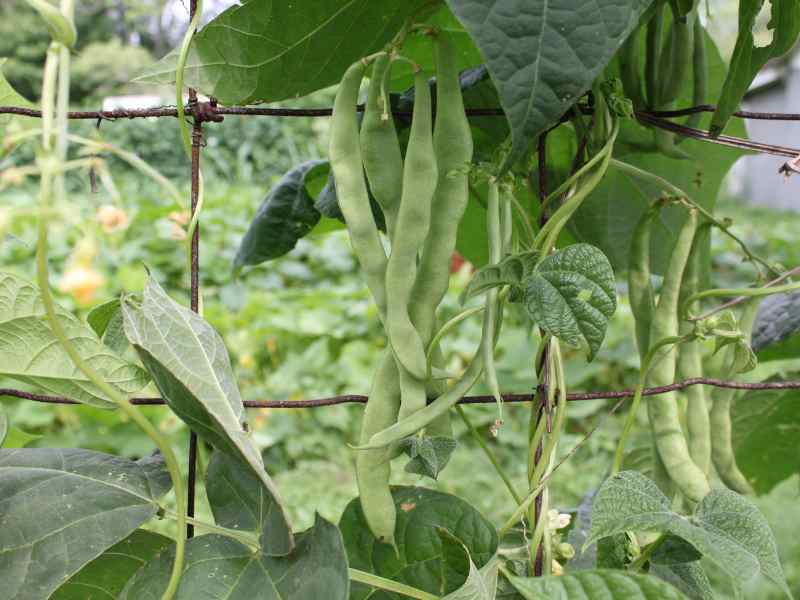
Peas
Peas are a cool-season vegetable that can provide a bountiful harvest. There are several varieties of peas, including snow peas, sugar snap peas, and shelling peas.
Tips for Growing:
- Plant peas in early spring or fall, as they prefer cooler temperatures.
- Provide a trellis or netting for the plants to climb.
- Keep the soil consistently moist, but avoid overwatering.
- Mulch around the plants to retain moisture and prevent weeds.
Swiss Chard
Swiss chard is a nutritious leafy green vegetable that is easy to grow and produces high yields. It is also a beautiful addition to the garden, with its colorful stems and leaves.
Tips for Growing:
- Plant Swiss chard in well-draining soil enriched with compost.
- Choose a location with full sun or partial shade.
- Water regularly to keep the soil evenly moist.
- Harvest the outer leaves regularly to encourage new growth.
Cucumbers
Cucumbers are a refreshing and versatile vegetable that can produce a high yield in the right conditions. They come in various types, including slicing, pickling, and burpless varieties, each with different flavors and uses.
Tips for Growing:
- Plant cucumbers in well-draining soil and full sun.
- Provide a trellis or support for vining varieties, or choose bush-type cucumbers for smaller spaces.
- Water consistently, keeping the soil evenly moist but not waterlogged.
- Use organic mulch to retain moisture, suppress weeds, and keep the fruits clean.
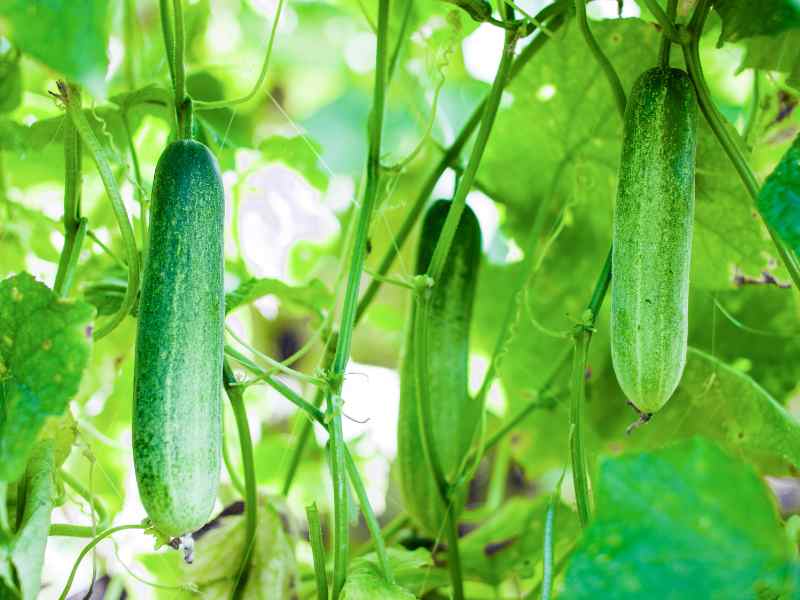
Leaf Lettuce
Leaf lettuce is a fast-growing, high-yield vegetable perfect for gardeners looking for a continuous supply of greens. Varieties such as oak leaf, butterhead, and romaine can be harvested multiple times throughout the season.
Tips for Growing:
- Plant leaf lettuce in well-draining soil enriched with compost.
- Choose a location with full sun or partial shade.
- Water regularly to keep the soil consistently moist.
- Harvest individual leaves or cut the entire plant back to encourage new growth.
Check out our article on How To Grow Lettuce Year Round
Radishes
Radishes are a quick-growing, cool-season crop that can produce a high yield in just a few weeks. They come in various colors, shapes, and flavors, offering a delightful crunch to salads and other dishes.
Tips for Growing:
- Sow radish seeds directly in the garden in well-draining soil.
- Plant in full sun or light shade.
- Keep the soil consistently moist but not soggy.
- Thin seedlings to the recommended spacing to avoid overcrowding and ensure healthy root development.
Bell Peppers
Bell peppers are a warm-season crop that can produce a high yield of colorful, sweet fruits. Available in green, red, yellow, orange, and even purple varieties, they add flavor and nutrition to a variety of dishes.
Tips for Growing:
- Plant bell peppers in well-draining soil with plenty of organic matter.
- Choose a location with full sun and protection from strong winds.
- Water consistently, keeping the soil evenly moist but not waterlogged.
- Support the plants with stakes or cages to prevent branches from breaking under the weight of the fruits.
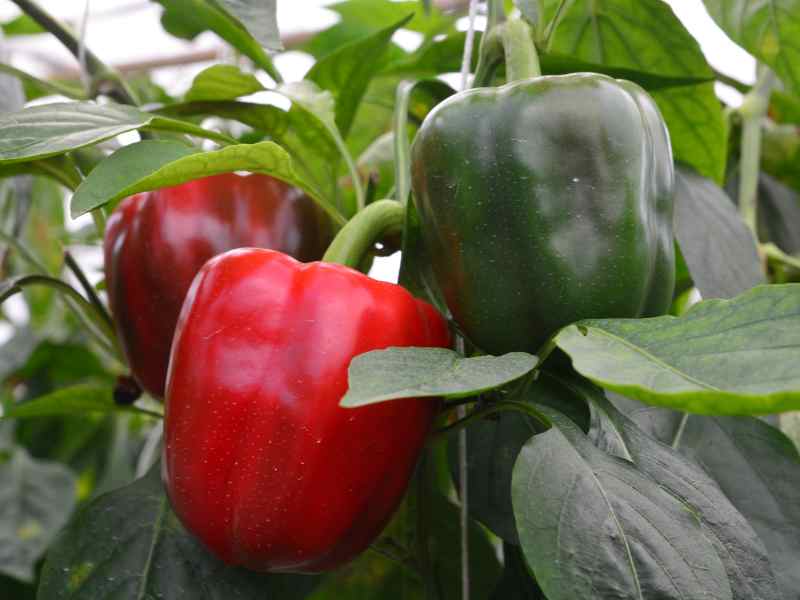
Kale
Kale is a nutrient-dense, cold-tolerant leafy green that can produce a high yield throughout the growing season. It comes in various types, such as curly, dinosaur (Lacinato), and Russian kale, each with its unique texture and flavor.
Tips for Growing:
- Plant kale in well-draining soil rich in organic matter.
- Choose a location with full sun or partial shade.
- Water regularly to keep the soil consistently moist.
- Harvest the outer leaves regularly to encourage new growth and prevent the plant from becoming too tall and top-heavy.
Incorporating perennial vegetables into a permaculture food forest can create a more sustainable, low-maintenance garden. These plants below not only provide a continuous harvest but also contribute to a diverse and resilient ecosystem. Remember to provide the appropriate growing conditions and care for each plant to ensure a thriving and productive food forest.
Perennial Spinach (Chard, Good King Henry)
Perennial spinach is a hardy, low-maintenance plant that can provide a continuous supply of nutritious greens. In a permaculture food forest, these plants contribute to a diverse, resilient ecosystem and require minimal care.
Tips for Growing:
- Plant perennial spinach in well-draining soil rich in organic matter.
- Choose a location with partial shade, as they can tolerate less sunlight than other vegetables.
- Water consistently, keeping the soil evenly moist.
- Harvest leaves regularly to encourage new growth and prevent the plant from becoming too tall.
Rhubarb
Rhubarb is a perennial plant known for its tart, flavorful stalks. In a permaculture food forest, rhubarb can serve as a ground cover and attract beneficial insects.
Tips for Growing:
- Plant rhubarb in well-draining soil amended with compost.
- Choose a location with full sun to partial shade.
- Water regularly, especially during dry periods.
- Harvest stalks in the second year after planting, being careful to leave the leaves behind, as they are toxic.
Learn about the best companion plants to grow with rhubarb
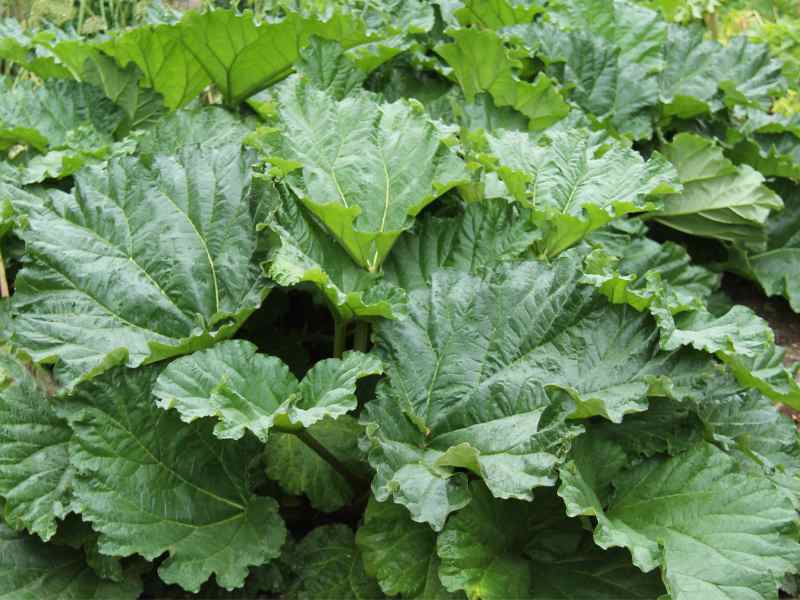
Jerusalem Artichoke (Sunchoke)
Jerusalem artichokes are a perennial vegetable that produces edible tubers. They can be a great addition to a permaculture food forest, acting as a natural fence or windbreak and providing food for pollinators.
Tips for Growing:
- Plant Jerusalem artichoke tubers in well-draining soil.
- Choose a location with full sun.
- Water moderately, as they are drought-tolerant.
- Harvest tubers in late fall or early winter, after the foliage has died back.
See our article all about Jerusalem Artichoke
Asparagus
Asparagus is a long-lived perennial vegetable that can provide a bountiful harvest for years. In a permaculture food forest, asparagus can be interplanted with other perennial plants, maximizing space and resources.
Tips for Growing:
- Plant asparagus crowns in well-draining soil, enriched with compost or aged manure.
- Choose a location with full sun.
- Water consistently, especially during the first few years of growth.
- Harvest spears sparingly in the second year, and more fully from the third year onwards.
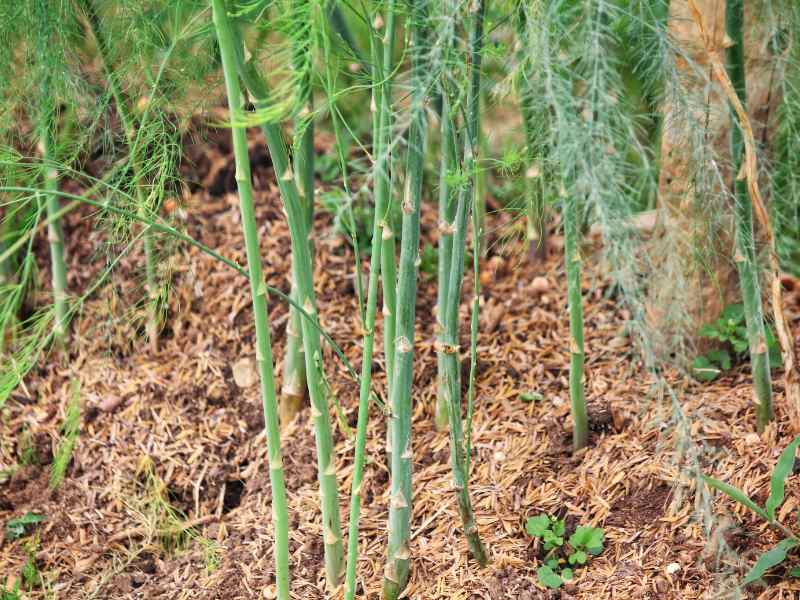
Groundnut (Apios americana)
Groundnut is a perennial vine that produces edible tubers and beans. In a permaculture food forest, groundnuts can grow alongside other plants, utilizing vertical space and providing nitrogen to the soil.
Tips for Growing:
- Plant groundnut tubers in well-draining soil.
- Choose a location with partial shade to full sun.
- Water consistently, as groundnuts prefer moist soil.
- Harvest tubers in the fall, after the foliage has died back.
Growing your own vegetables can be a rewarding experience, especially when you select high-yield, easy-to-grow varieties. Remember to provide the right growing conditions and care for each vegetable, and you’ll enjoy a steady supply of fresh, nutritious produce throughout the season. Happy gardening!



